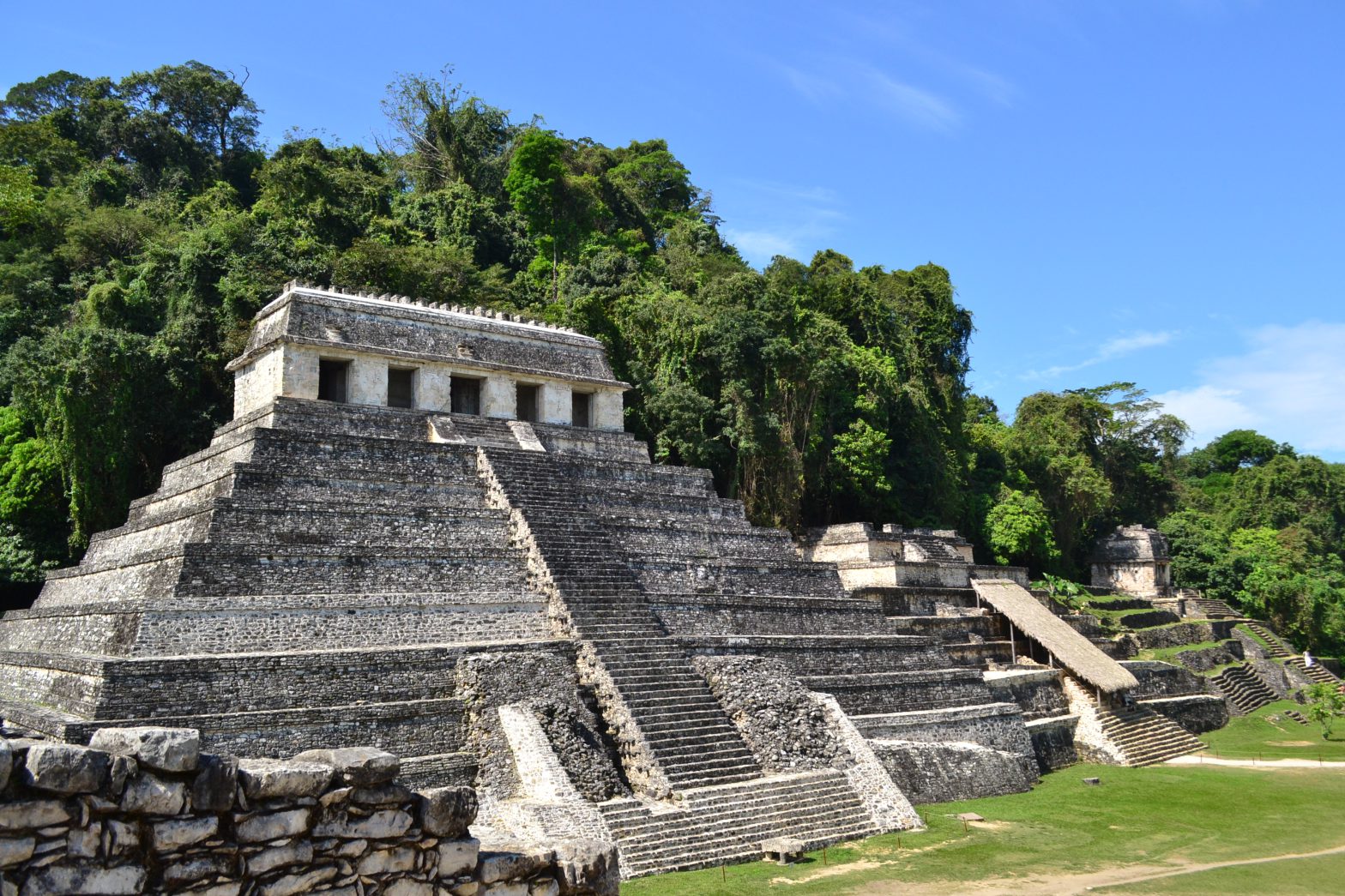On the Nov 4 Wikipedia list of dates there is an entry for deaths: Yohi Ik’nal, “Lady Heart of the Wind Place”, but the Wikipedia article actually states the date as November 7, 604, hence the entry here.
What leaps to my mind is “how do we know such a date?” After all, the Mayan civilization declined and was largely destroyed by the Aztecs centuries be arrival of the Spanish armies under Cortez, and subsequent colonists deliberately obliterated both Mayan and Aztec records, although — to their credit from my perspective as an historian — many of the Jesuit priests sent to convert the native tribes did try to preserve records and stories and the language of the inhabitants, or we would have even less than we do.
One of the sources is the Mayan inscriptions in the Mesoamerican Long Count Calendar, a complex base-20 and base-18 calendar that counts the days passed since the Mayan religious creation date of August 11, 3114 BCE. The units are a mix of base-20 and base-18. Where our base-10 decimal system creates units of ones, tens, hundreds, thousands, for example, the Mayan calendar used units of ones (k’in), then twenty ones (one winal or 20 k’in), eighteen winals (one tun or 360 k’in), twenty tun (a k’atun or 7200 k’in). It’s a challenge to interpret Mayan dates.
We know a little about Yohi Ik’nal from inscriptions on the tombs of her descendants — including her dates according to the Mayan calendar. She was the first female ruler recorded in the Mayan records we have, navigating a political landscape where different Mayan kingdoms vied for territory and control of what is now Central America and Mexico — Mesoamerican. Some archaeologists believe that a tomb beneath one of the Temple complexes at Palenque in southern Mexico belongs to her, but exploration of the tomb has been limited to inserting cameras through small holes into the tomb, because of the instability of the temple and pyramid above it.
We don’t know whether some of the people mentioned in other inscriptions were her sons or consorts, daughters or sisters. The assumption is that she must have inherited the rule under unusual circumstances, but even this may be invalid: we know little about how Mayan kingship was determined from kingdom to kingdom. It appears that at least one other woman was ruler of this particular Mayan kingdom. Perhaps in Palenque, women were allowed to inherit when there was no male heir.
Discovering history can be a dangerous enterprise. Archaeology in particular tests our technical limitations, political situations, and willingness to entertain a different interpretation of events.

